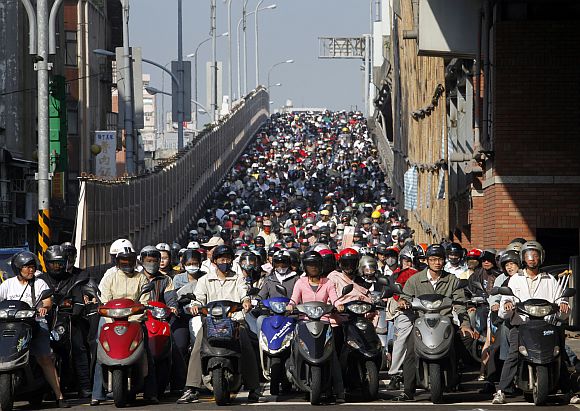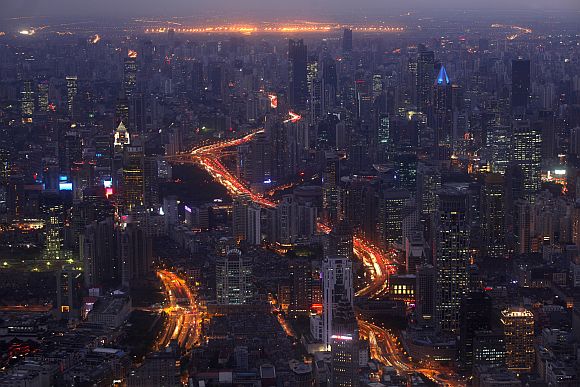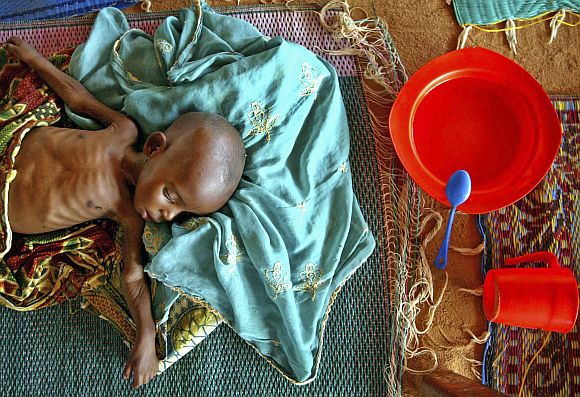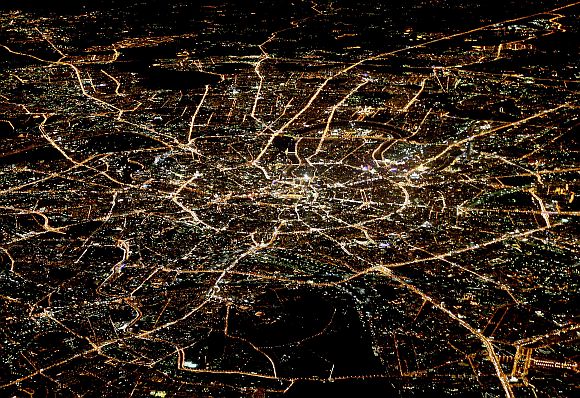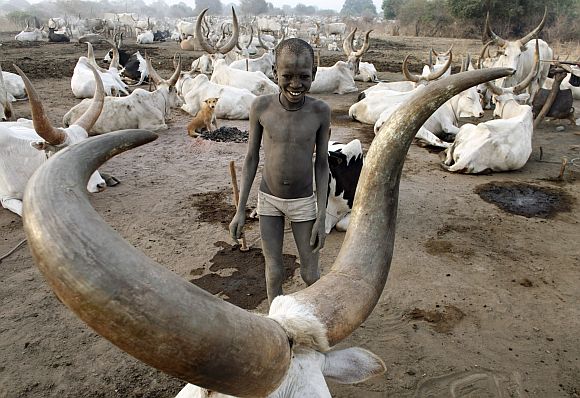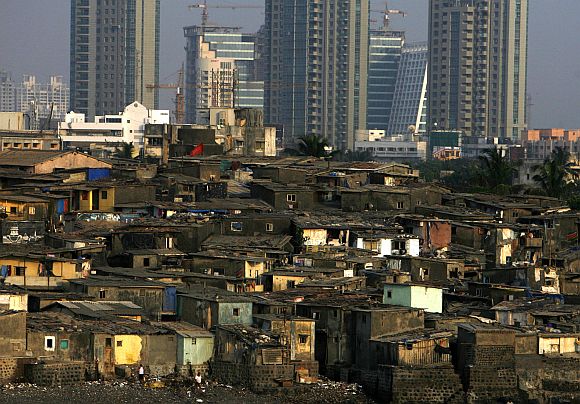 | « Back to article | Print this article |
PHOTO feature: A World of 7 Billion
On October 31, the world population is projected to reach 7 billion.
How we respond now will determine whether we have a healthy, sustainable and prosperous future or one that is marked by inequalities, environmental decline and economic setbacks, according to The State of World Population 2011 report, published by the United Nations Population Fund.
Some of the trends highlighted in the UN report are remarkable: Today, there are 893 million people over the age of 60 worldwide. By the middle of this century that number will rise to 2.4 billion.
Click on NEXT to read further...
PHOTO feature: A World of 7 Billion
About one in two people lives in a city, and in only about 35 years, two out of three will.
People under the age of 25 already make up 43 per cent of the world's population, reaching as much as 60 per cent in some countries
Click on NEXT to go further...
PHOTO feature: A World of 7 Billion
The milestone of 7 billion is marked by achievements, setbacks and paradoxes.
While women are on average having fewer children than they were in the 1960s, our numbers continue to rise.
Globally, people are younger -- and older -- than ever before.
Click on NEXT to go further...
PHOTO feature: A World of 7 Billion
In some of the poorest countries, high fertility rates hamper development and perpetuate poverty, while in some of the richest countries, low fertility rates and too few people entering the job market are raising concerns about prospects for sustained economic growth and about the viability of social security systems.
Click on NEXT to go further...
PHOTO feature: A World of 7 Billion
And while progress is being made in reducing extreme poverty, gaps between rich and poor are widening almost everywhere
Click on NEXT to go further...
PHOTO feature: A World of 7 Billion
The rapid growth of the world population is a recent phenomenon.
About 2,000 years ago, the population of the world was about 300 million. It took more than 1,600 years for the world population to double to 600 million. The rapid growth of the world population started in 1950, with reductions in mortality in the less developed regions, resulting in an estimated population of 6.1 billion in the year 2000, nearly two-and-a-half times the population in 1950.
With the declines in fertility in most of the world, the global growth rate of population has been decreasing since its peak of 2.0 per cent in 1965-1970.
Click on NEXT to go further...
PHOTO feature: A World of 7 Billion
However, there is much to celebrate in world population trends over the last 60 years, especially the average life expectancy, which leapt from about 48 years in the early 1950s to about 68 in the first decade of the new century.
Infant deaths plunged from about 133 in 1,000 births in the 1950s to 46 per 1,000 in the period from 2005 to 2010. Immunisation campaigns reduced the prevalence of childhood diseases worldwide.
Click on NEXT to go further...
PHOTO feature: A World of 7 Billion
In addition, fertility, the number of children a woman is expected to have in her childbearing years, dropped by more than half, from about 6.0 to 2.5, partly because of countries' economic growth and development but also because of a complex mix of social and cultural forces and greater access by women to education, income-earning opportunities and sexual and reproductive health care, including modern methods of family planning.
Click on NEXT to go further...
PHOTO feature: A World of 7 Billion
The Population Division of the United Nations Department of Economic and Social Affairs, in its World Population Prospects: The 2010 Revision (published in May 2011), foresees a global population of 9.3 billion people in 2050, and more than 10 billion by the end of this century.
Much of this increase is expected to come from high fertility countries, which comprise 39 in Africa, nine in Asia, six in Oceania and four in Latin America
Click on NEXT to go further...
PHOTO feature: A World of 7 Billion
According to UN projections, Asia will remain the most populous major area in the world in the 21st century, but Africa will gain ground as its population more than triples, increasing from 1 billion in 2011 to 3.6 billion in 2100.
In 2011, 60 per cent of the world population lives in Asia and 15 per cent in Africa. But Africa's population is growing about 2.3 per cent a year, a rate more than double that of Asia (1 per cent). Asia's population, which is currently 4.2 billion, is expected to peak around the middle of the century (5.2 billion in 2052) and to start a slow decline thereafter.
Click on NEXT to go further...
PHOTO feature: A World of 7 Billion
The populations of all other major areas combined (the Americas, Europe and Oceania) amount to 1.7 billion in 2011 and are projected to rise to nearly 2 billion by 2060 and then decline very slowly, remaining still near 2 billion by the turn of the century.
Among the regions, the population of Europe is projected to peak around 2025 at 0.74 billion and decline thereafter.

